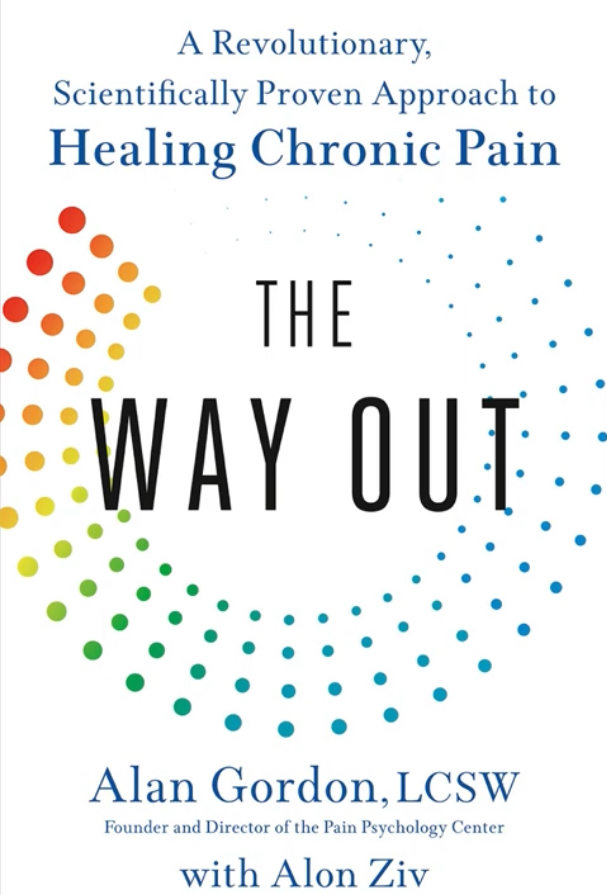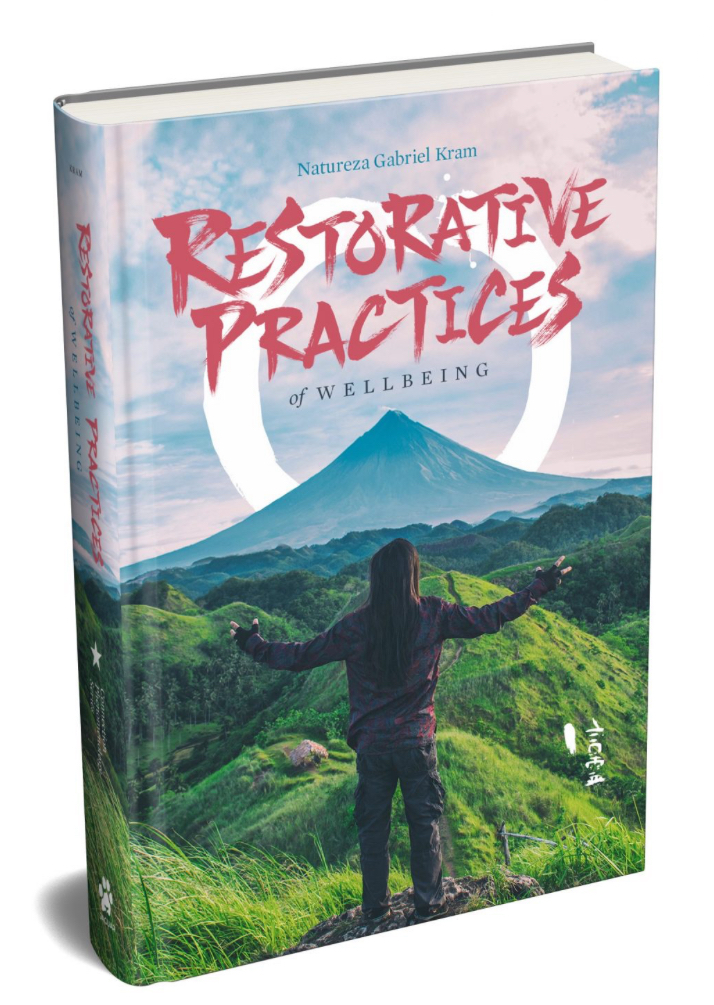Happy New Year from wellbodymindheartspirit!
It seems natural to me that after the indulgences of the holiday season — after all the parties, feasts, special foods, and alcohol consumption lasting from Thanksgiving through New Year are over — I want to simplify, clean up my habits, rebalance.
This is the energy begetting New Year’s resolutions. January is the soberest month, after all!
But how best to work with that energy? I’ve learned from personal experience that most of the time, those good intentions don’t last a whole year. (One exception: I did meditate nearly every day for a year, back in 2010, when I launched this blog. The following year, I was so sick of the daily discipline, I became quite irregular at it. Back on track now, figuring 5 out of 7 days is just fine, and 7 out of 7 is awesome!) So it’s good to think about how you know when you are done. How can you be successful actualizing your intention? Is it related to a specific time period, mindfully learning a new habit that you then do mindlessly, achieving a particular goal, or something else?
I’m riding that energy to use the first two weeks of January to clean up my diet. I’ve resolved to go dairy-free through January 15th. Then I plan to do challenge testing of dairy products, partaking of them again and noticing how they affect my body. My nutritionist, Olivia Honeycutt, will help me through this, building on the food records I’ve been keeping for the past several months.
I’ll probably start with the fermented stuff, yogurt and kefir, which may be easier to digest, and then go on to test cheeses, also fermented, and finally the hard-core dairy products I like, cream and butter. (I haven’t drunk milk in many years, so that won’t be an issue.)
After those two weeks, I’ll have a better idea of which kinds of dairy and how much (if any) my body can handle well.
It’s not that I’m sick (I was, before going gluten-free 7 years ago). Now I’m experimenting with which tweaks to my diet make me feel even better.
I’m also using this period to cut grains out of my diet. I’ll be experimenting after that with ways to prepare grains in ways that don’t rob my body of minerals from phytates and that maximize digestibility (soaking and sprouting first). I miss the texture of grains sometimes, like rice and quinoa. The cookbook Nourishing Traditions has tips on how to prepare grains (and everything else) in healthful ways.
Sugar and honey and other sweeteners are also going by the wayside during this period, except for that daily small piece of 85%-cacao dark chocolate. When it comes to chocolate, I know well how little resistance I have when there’s more sugar in the chocolate. I wanna eat the whole damn bar! 85% is barely sweet and thus non-addictive. I can eat a small piece daily and make a bar last two weeks, getting the benefits of the cacao (antioxidants, magnesium, endorphins) without overindulging in sugar.
I decided I might as well go alcohol-free too. What the heck, right? I have become fond of some red wines and could (and did) drink a glass almost daily. After that, I may cut back to drinking wine only when dining out. Alcohol can be addictive, and apparently it’s never too late to develop a drinking problem, which I definitely don’t want.
Another good resolution is to get the first hour of my day in good order. For me, it’s brushing and flossing first thing, followed by drinking a glass of water with gelatin and apple cider vinegar, doing 10-15 minutes of yoga (vinyasa, easing into each stretch for at least 15 seconds), then meditating for 15-60 minutes, and making myself a morning cup of healthful tea, mixing matcha, puerrh, yerba mate, ginger, turmeric, nettle, reishi, etc., as needed for energy and healing. (I learned the value of this from Tim Ferriss, the supreme life hacker who wrote The 4-Hour Body and The 4-Hour Chef.)
After doing those things, I go about my day. Every day can be different in my line of work (massage therapy), depending on the number of clients and their needs, working in different locations. It’s nice to have a routine (that I hope will become mindless, like autopilot when I wake up) of healthy habits to start each day.
I am also interested in lowering my stress levels. As a massage therapist, relieving others’ stress and tension is my job. What about my own? Meditation helps, but it’s time deliberately set aside from the daily grind, sitting on a cushion and meditating. What about during the day, when I’m running errands, stuck in Austin’s notorious traffic, running late for a meeting, returning stuff, standing in line, experiencing inner and outer conflicts, hearing terrible news about what’s happening in the world that I can’t do anything about?
I decided late in 2014 to investigate the HeartMath program. I bought a device that attaches to my iPhone (the Inner Balance for iOS pulse sensor) and downloaded a free app (Inner Balance). I plug the device into my phone, attach the clip to my earlobe, and watch an expanding/contracting mandala on the screen to pace my breath. Auditory cues let me know if my heart rate variability is in the low, medium, or high range. (HRV is an indicator of coherence in the autonomic nervous system that correlates with entrainment/harmony of physiological systems. Coherence correlates to feeling positive emotions, so you could call this an attitude adjustment device. Here’s more information if you want it.)
The goal is to be in the high range of coherence as much as possible. As with games, you can set the pace, move up to higher levels, change images, get scores, and more. There are also computer-based devices available.
I quickly noticed how my thoughts affect my coherence level. If my mind wanders to news of a plane crash or nasty politics or war or a crime (I’m sure you’ve experienced this too), I move into the low range. If I bring my attention back to my heart center, I move into the high range.
I plan to do at least one session every day until I can, at will, without the device, reliably switch from stress to a positive emotion and maintain it for as long as needed.
(Not that negative emotions are totally bad. Of course when someone I love is suffering or dies, I will feel grief, anger, etc., and I have memories of difficult times in my own life. That’s life. But when it’s about something distant from me that I cannot personally do anything about, who does it serve for me to feel bad? Not me, not those I most care about. One thing I can do is to support effective organizations that are making the world a better place.)
And there you have it. These are my intentions for 2015, my expression of the “new beginnings” energy that accompanies the turn of the year. First, a two week diet clean-up. Next, an intention to create a new habit for how I spend the first hour of every day — and I’ll be done once I’m doing it regularly. Thirdly, I will use a device to increase my experience of positive emotions —and stop when I can reliably do that at will, without the device.
I will check back in later this year, and again at the end of 2015, to let you know how these intentions and practices have panned out in actuality.
Hope you have a wonderful year and that 2015 showers you with love and abundance and worthy challenges!




 The research I mentioned in my presentation was done on the Tibetan yogi with the most meditation experience they’ve studied so far, Yongey Mingyur Rinpoche, who’s clocked an astounding 62,000 hours of meditation (and looks like he’s about 30 years old but is actually 43 in 2018).
The research I mentioned in my presentation was done on the Tibetan yogi with the most meditation experience they’ve studied so far, Yongey Mingyur Rinpoche, who’s clocked an astounding 62,000 hours of meditation (and looks like he’s about 30 years old but is actually 43 in 2018).

